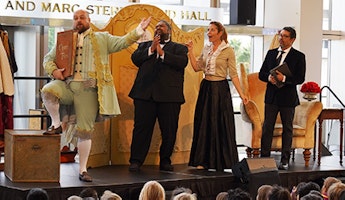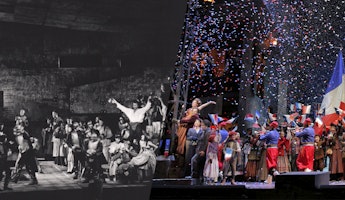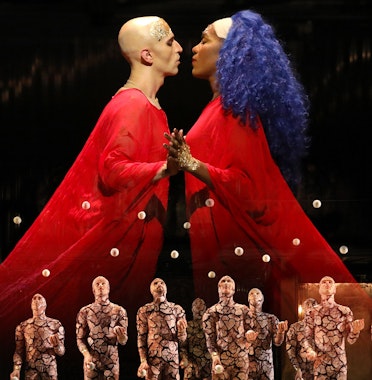Blog
March 3, 2025
To Err is Human
Errare humanum est… (To err is human)
“Così fan tutte le belle…non c’e alcuna novita” (That’s the way all the beautiful women do it, there’s nothing new), exclaims Don Basilio when he discovers the apparently unfaithful Susanna alone in her room with the young page Cherubino in the first act of The Marriage of Figaro.
Mozart’s collaboration with Lorenzo Da Ponte (born in Vittorio Veneto in 1749; died and buried in New York City in 1838) produced three Italian operas, which are, in order of their composition: The Marriage of Figaro in 1786 (drawn from a French five-act play by Pierre-Augustin Caron de Beaumarchais); Don Giovanni in 1787 (based on multiple sources of the Don Juan myth); and finally Così fan tutte in 1790 (whose sources, if there are any, remain unclear). No comparable set of operatic works has ever equaled them so vividly. Together, these three operas bring to life two fundamental conflicts: the struggle of the social order (aristocracy and the servant class) and the battle of the sexes (men and women in love).
Così fan tutte, whose subtitle is La Scuola degli Amanti [The School for (or of) Lovers], concentrates on the latter issue more than the former. Among its many dramatic devices, the trilogy contains sharp satiric elements. Satire is “a sort of glass, wherein beholders do generally discover everybody’s face but their own…” wrote Jonathan Swift. I wonder if the same can be said for those of us who listen to and watch Così?
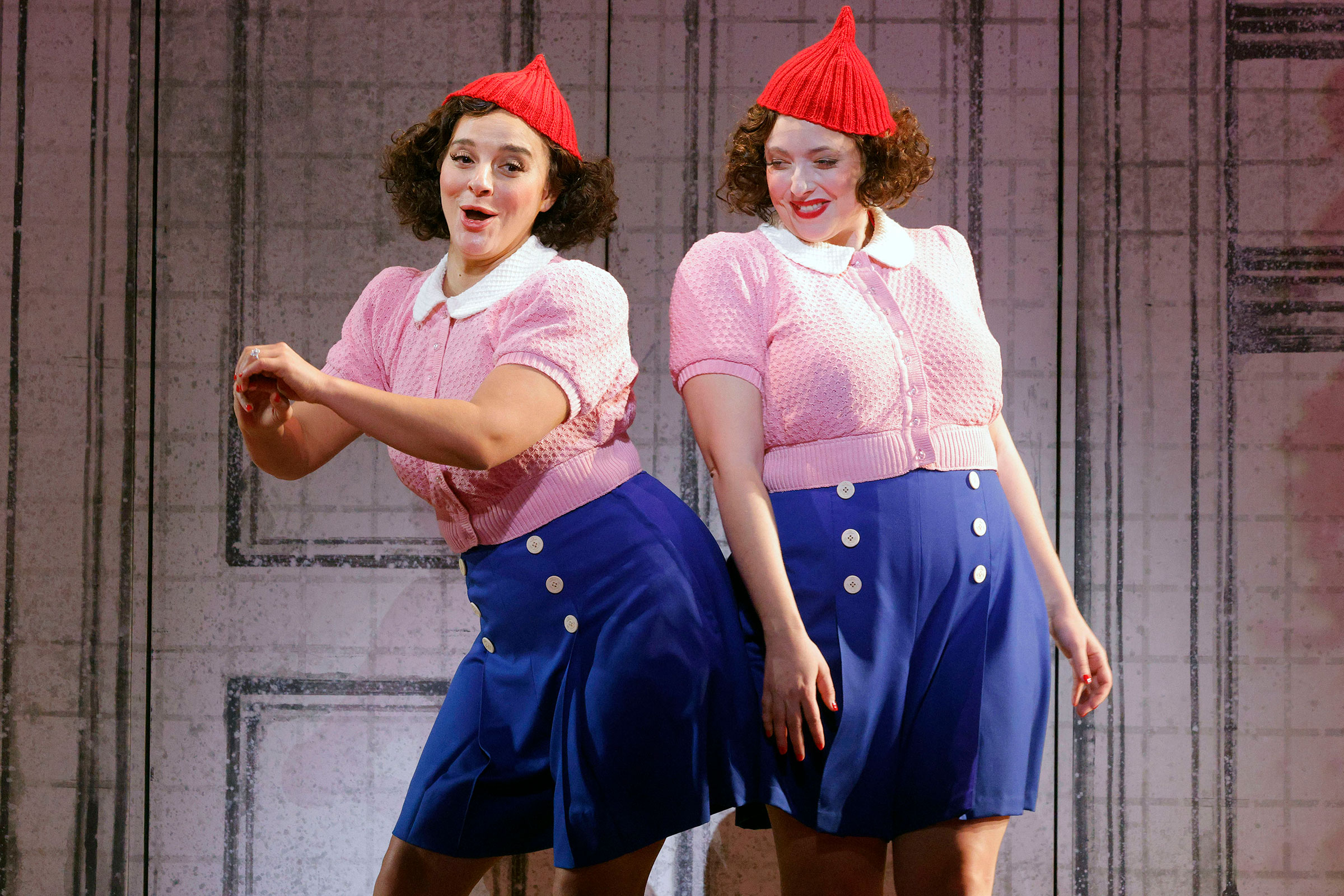
It is noteworthy that Beethoven, whose admiration for Mozart was boundless, considered The Magic Flute a sublime and transcendent work. But the same composer was shocked by the story of Così and thought Mozart had squandered his beautiful music on an unworthy subject. Wagner felt similarly. So for those who have either been troubled by the story or consider it silly (I don't share either viewpoint at all), they are in good company.
Even if we can enjoy Così simply on the level of a farce, some may still find the sisters' rapid change of heart either absurd or unbelievable. I would point out that Mozart and Da Ponte were respecting Aristotle's Classical Unities (which he defined as Unity of Action, Unity of Place and Unity of Time). Had they not been constrained by those obligations and allowed the story to play out over the course of several months, for example, the sisters' turnabout might be more credible.
Whereas it is illuminating to study Mozart's three Da Ponte operas as a unit, it is equally interesting to see Così and The Magic Flute (probably conceived at the same time) as siblings. Figaro demonstrated a harmonious cohabitation of worldly and otherworldly values. Don Giovanni reveals a split between materialist determinism (Nicholas Till) and spiritualist world views. Così is striking amongst Mozart's works for its singular lack of a spiritual element.
Its central figure, Don Alfonso, described as a philosopher, takes a somewhat cynical posture in a post-religious Enlightenment world. He instructs the younger generation, adopting an admittedly heavy-handed and even cruel scheme to "teach" a better understanding of human nature. The results are very unclear at the end of the opera. Do the sisters reunite with their original lovers, with the exchanged Act Two versions of them, or neither? Mozart's music tells us to be joyous nevertheless, but there are more questions than answers.
Così is the materialist opera, The Magic Flute the spiritual. Sarastro, presumably a spokesman for Freemasonry, will similarly instruct two couples in the meaning of love: Tamino and Pamina, on an enlightened level, and Papageno and Papagena on a materialist level. Though occasionally severe, he is never cruel, and he succeeds in bringing both Tamino and Pamina along as preparation for their future reign. Papageno is basically unreceptive. Sarastro doesn't succeed in "elevating" him but, given the bird catcher's total harmonious comfort with his own nature, Mozart loves him as equally beneficial and benevolent in the human community.
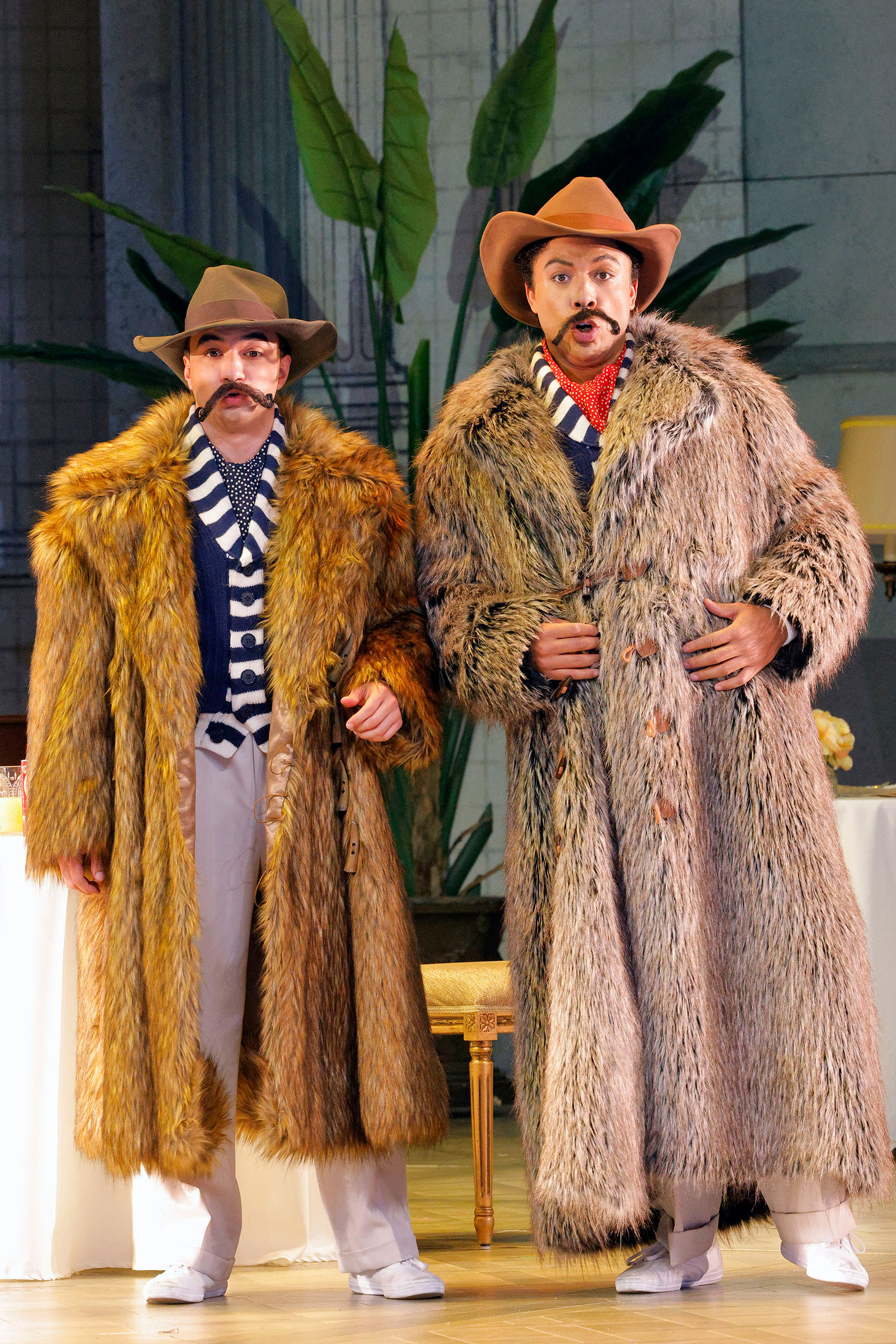
Although each of the three Da Ponte operas is complete unto itself, the three are interconnected. In Figaro and Giovanni, the behavior of the men suffers under critical scrutiny, and Mozart views the women with admiration and sympathy. That balance might seem to be redressed in Così, a rich (and serious) comedy which questions the assumption of women's universal fidelity. It introduces an element of ambiguity after the male-bashing in the two previous operas. But, in the end, the men are no better than they were in the earlier operas.
Mozart's approach to the women has not emerged out of nowhere. He has prepared us for some critical assessments of women's ambivalence in Don Giovanni. But he retains his sympathetic view of women throughout the earlier operas, and I believe he continues to do so in Così.
And the men in Così are far from pristine. They participate in a dubious plot that involves deceiving their beloveds, a sort of sting operation, perhaps provoking an infidelity that might never otherwise have occurred. When confronted with an opportunity to display their own lack of fidelity, showing their own sense of competitiveness and machismo, they do not hesitate to do so. And the mastermind of it all, Don Alfonso, if not fully to blame, is far from guiltless.
I propose that there is a far more compassionate way to view all six characters and understand the opera in another context. And I believe Mozart, as always, wraps all of his characters with the luminosity of his music's compassion which always and forever manifests the presence of reconciliation and forgiveness.
What does the title—which suffers in translation—signify? Così (thus); fan, the poetic form for fanno (they do); tutte, the feminine plural (all women). What do they do? It. What is it? We shall see. (Please note that the last letter of tutte makes more than an iota of difference; it means “all women” specifically. The masculine and collective plural is tutti, which would either mean “all men” or “all men and women.”) It might be better to translate the title as All Women Behave Like That. Not very poetic, but closer to the meaning.
The world of the Mozart / Da Ponte operas provides a provocative basis for comparisons. Do the women in Così look as bad as the men in Figaro and Don Giovanni? If one were to survey opera enthusiasts’ opinions of each character, there would be as many perspectives as respondents. Passionate and contentious opinions would emerge as each character—Figaro, Don Giovanni, Don Alfonso, the Countess, Donna Elvira, Zerlina, Fiordiligi and Dorabella—could serve as a Rorschach test for opera lovers everywhere.
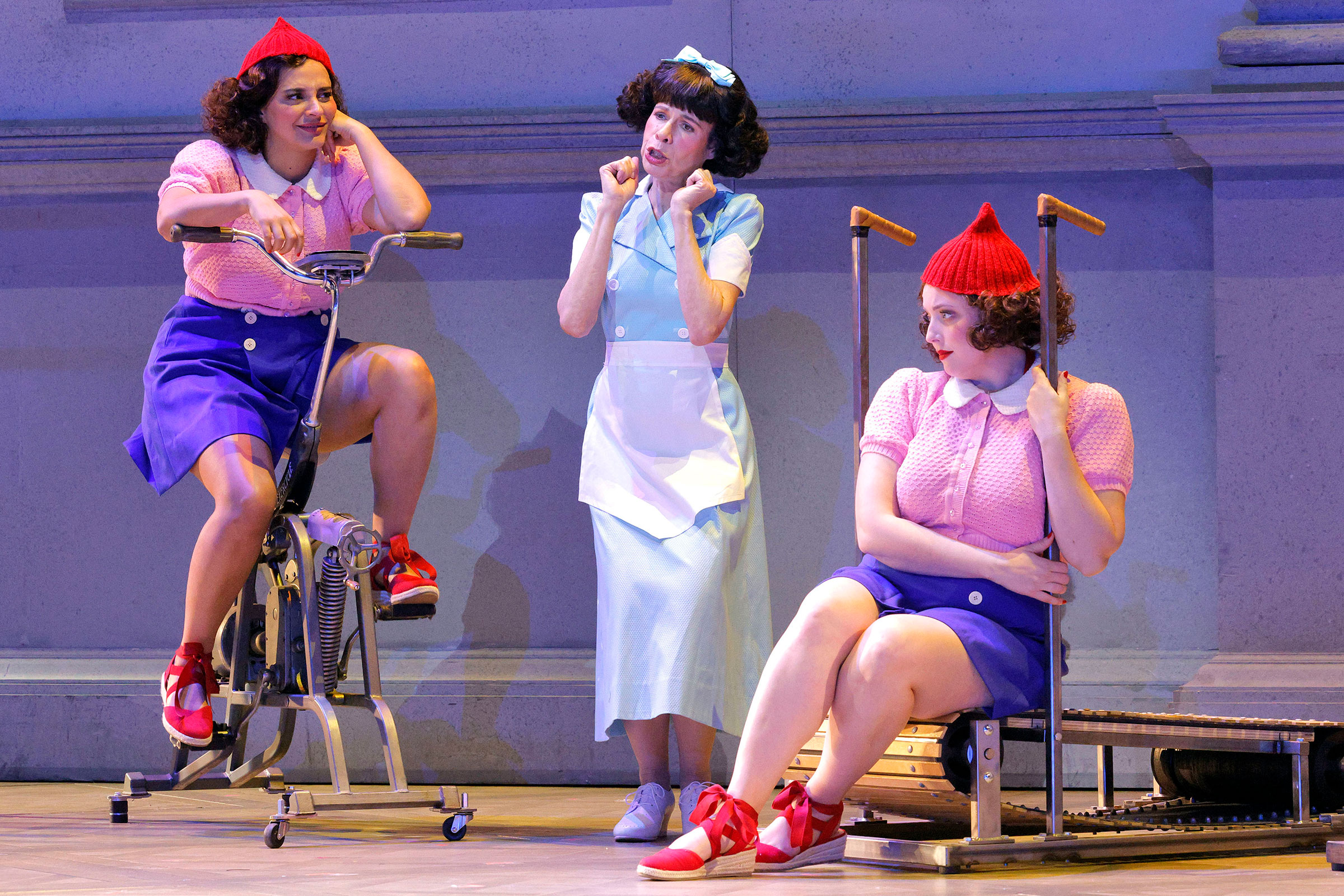
The men in Figaro show themselves to be deeply self-centered. The Count is arrogant, petulant, jealous and manipulative, all in the service of maintaining le droit de seigneur (a nobleman’s presumed right to spend the wedding night with any bride in his dominion). Figaro, despite his celebrated shrewd mind, lags behind the curve of events. They both are outsmarted by their virtuous women. Young Cherubino, charming as he might be, is in fact a young Count in training. Don Basilio, the corrupt intrigant, Don Bartolo, pompous and vengeful, and Antonio, the drunken gardener, fill out this masculine rogue’s gallery.
The Countess is the most evolved and loving figure in Figaro. In her act of forgiveness, she elevates the comedy to the sublime. Susanna, representing the servant class, is dynamic, intelligent, energetic, quick witted, loyal to both the Countess and to her fiancé Figaro, even when his behavior doesn’t merit it.
Don Giovanni’s misdeeds are fathomless, of epic proportions. They require divine intervention, and he is suitably sent to eternal damnation. The story of this mythical character continues the critique of the male. The other men—Don Ottavio, Masetto, Leporello and the Commendatore—are essentially good, but weak or victimized. None is heroic or acts effectively. The women, far more complex, are portrayed in a more favorable light. Donna Elvira, like the Countess, is the richest in depth. Demonstrating a capacity for love, she is passionate, fiery and strong and equally capable of forgiveness and devotion.
What will we learn in Così’s school for lovers from its professor, Don Alfonso? We learn that women, too, are unfaithful. Or is there more to the story? By hatching an intricate plan to prove to the young men that their fiancées are imperfect, does Alfonso open a Pandora’s Box? Or does he merely lay bare a reality, allowing the four young lovers to marry with a levelheaded understanding of human nature? I don't at all consider the women as culpable as Giovanni or the Count. And are the men wholly innocent victims of a scheming mentor and their women’s flightiness?
No. In deceiving their fiancées, the young men, masquerading as exotic visitors, are duplicitous. When they realize that they are in competition with each other to prove their seductive prowess, the boys redouble their efforts. Is Don Alfonso motivated by generosity or cynicism? Does he revel in destroying their illusions? Is he a bookend, together with Sarastro from Beethoven's beloved Magic Flute, in educating the young men and helping them attain a fuller maturity and understanding of human nature? However questionable his means, is he an avuncular therapist, positive and practical advocate of Swift’s aphorism “blessed is he who expects nothing… for he shall never be disappointed”? Many questions, many possible interpretations, few certainties.
In the epilogue, the moral is drawn: “Happy is the man (implied but not said, woman) who looks on the bright side of things and lets himself be guided by reason. That which makes others weep, will make him laugh, and amidst the terrestrial whirlwinds, he will find a beautiful calm.”
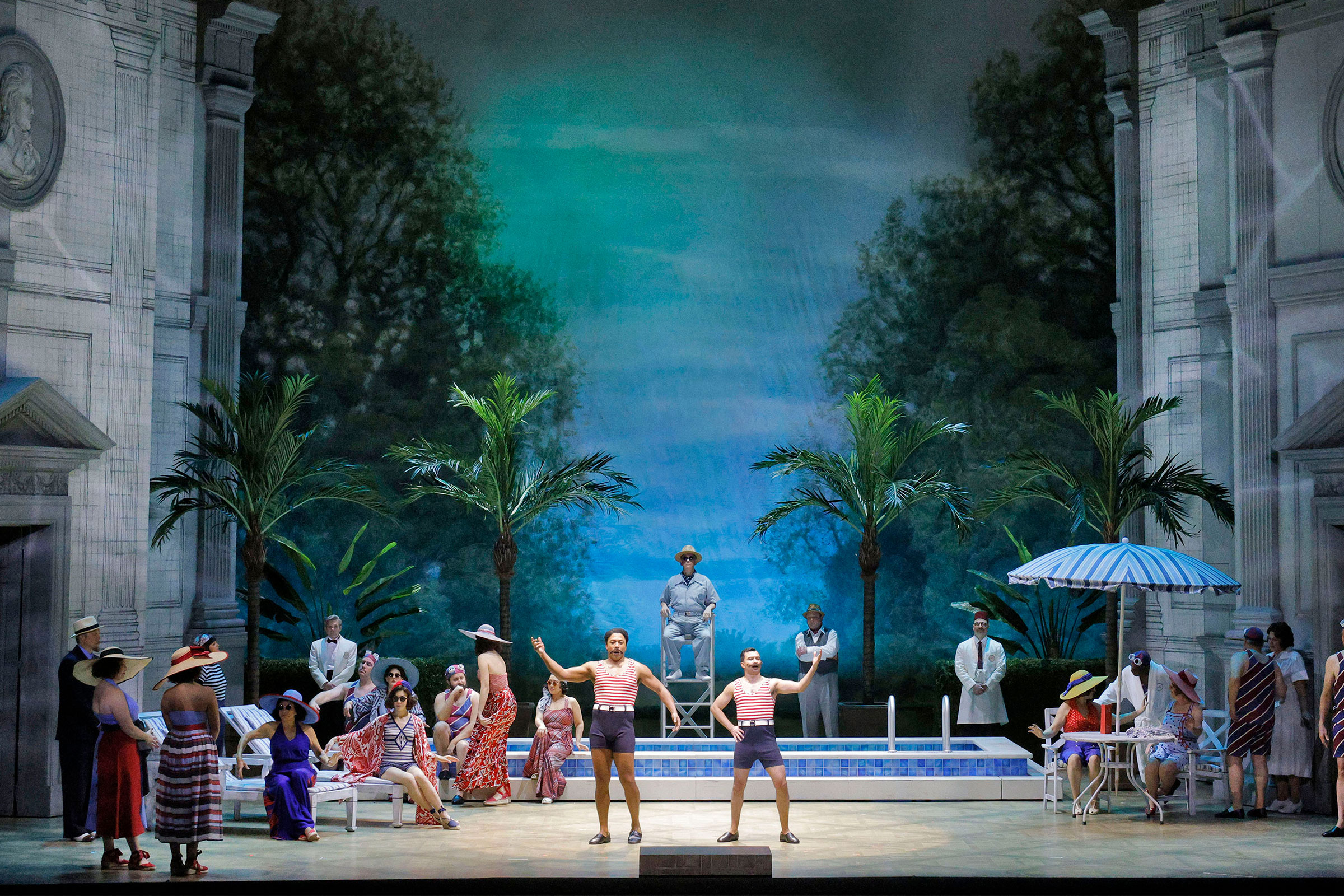
In the universe of Da Ponte, there are no innocents, men or women. Is Così a complete departure from the earlier operas in turning the tables on the women? No, the terrain has been prepared. The women do what Mozart’s men have been doing all along. Why shouldn’t they, asks Despina, the sisters’ servant and Don Alfonso’s accomplice. Dorabella, the more lighthearted but emotional and histrionic sister, gives in to this erotic adventure more readily. But is she any less loveable than Cherubino? Fiordiligi, far more serious and more deeply passionate, resists longer and suffers more before she surrenders to her new feelings. She has emotional depth, like the Countess and Donna Elvira. Is Despina, in encouraging the sisters to “carpe diem,” any different from Leporello, who helps his master’s conquests for the price of a daily meal? What about Barbarina, the gardener’s daughter in Figaro, who, at a tender age, has already learned to use her feminine charms to obtain what she wants? Or Zerlina, who sets a speed record in falling for Don Giovanni on the morning of her own wedding?
The list could go on. Neither the men nor the women are completely guiltless in any of these operas. Mozart eschews moral judgments and presents his characters for our delight and recognition, accepting them all as fully human beings as a part of the universe. Mozart and Da Ponte, like Swift’s looking glass, present their behavior not for condemnation, but for instruction. And we will be wiser when we see ourselves in this marvelous and sometimes motley troupe of characters. Mozart, by peering into the microscope, holds up the mirror to us all.
Mozart envelops each character in his sublime music with acceptance and affection. He wrote with an understanding of the human heart that defies explanation and transcends the age in which he lived. The rhythmic dynamism, the transcendent harmony and lyricism, the dramatically evocative voices of the orchestra, the perfectly structured architecture of his music provide equilibrium encircling the characters and their varied and tumultuous emotions. He takes them apart but then puts them, us and the universe back together again.
His music inhabits an idealized Enlightenment world but is equally at home in the real world of human passions and imperfections. The battle of the sexes can never be won, nor can a lasting cease-fire be expected. Vive la différence! It has always been that way. There is nothing new, as Don Basilio told us.
Before the finale, Don Alfonso says to the boys (and all of us): “Everyone accuses women, but I excuse them if a thousand times a day they change their love. Some call it a vice and others a habit, but to me it seems a necessity of the heart".
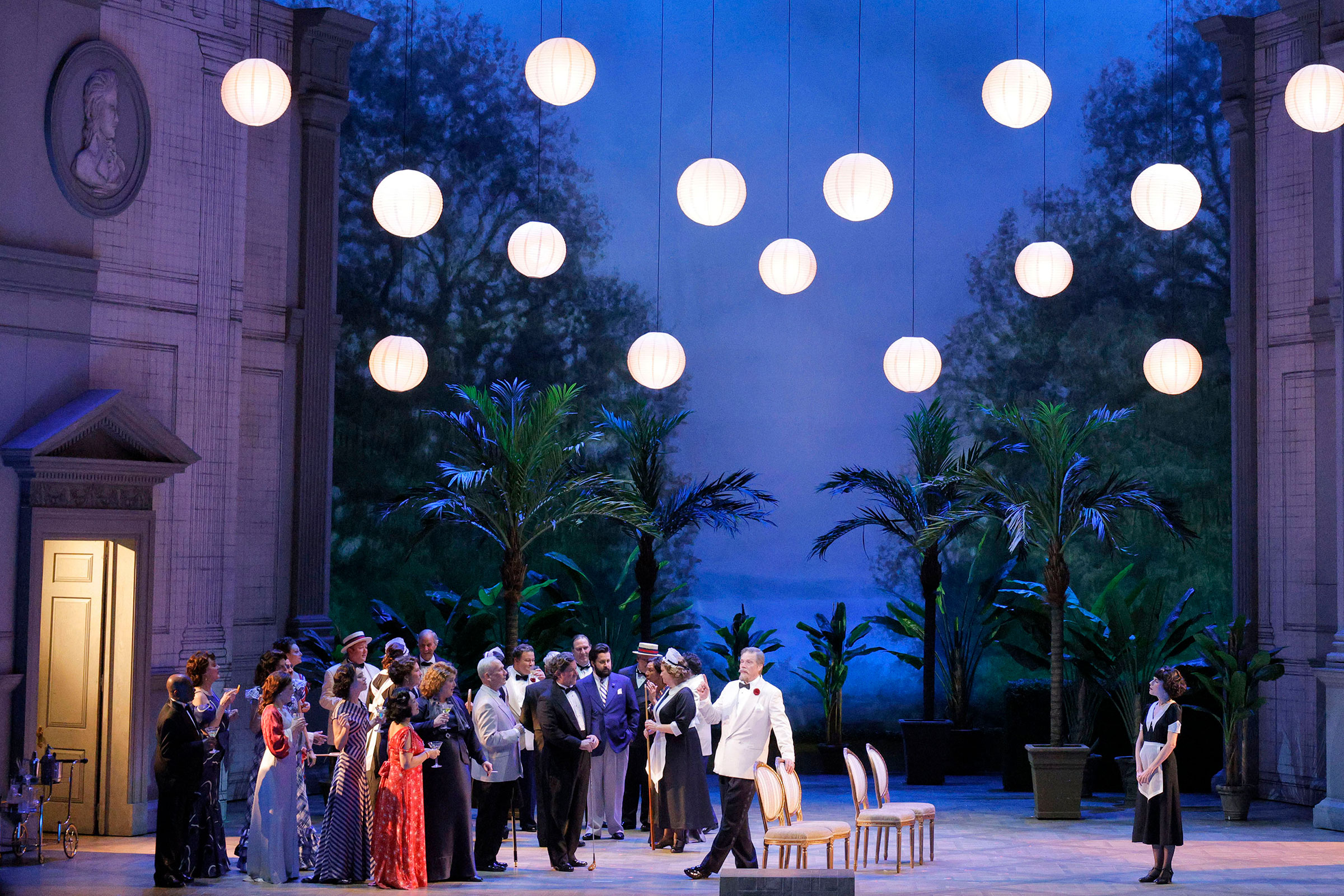
Mozart was a great defender of women, their dignity and their rights in an era in which they had next to none. Così, commonly viewed as taking a derogatory view of women, does the opposite, in my mind. It defends women's right to the "pursuit of happiness" (if you will), exactly as men had since time immemorial. Mozart believed in marriage and in committed relationships but implies, as to infidelity, that if men be permitted, women as well should have an equal right.
In Così, the lovers can choose to marry or not, certainly with a more realistic view now of their equality. In The Magic Flute, Tamino and Pamina will reign as a couple, not as a man accompanied by a woman. Don Alfonso and Sarastro, contrary to the common view and in their very different ways, speak for the equality of women.
And so, Don Alfonso continues, "The lover who, in the end, finds himself disappointed, should not condemn the error of others, but rather, his very own; inasmuch as women young and old, beautiful and ugly...”
And, leaving his sentence incomplete and his thoughts to the imagination, he adds: “Repeat with me: Così fan tutte.”
Or rather, implies Mozart: “Così fan tutti.” So does everyone.
© 2011 James Conlon, revised 2025






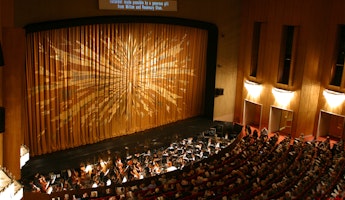

/03-cosi/_dsc0996_pr.jpg?format=auto&fit=crop&w=345&h=200&auto=format)
